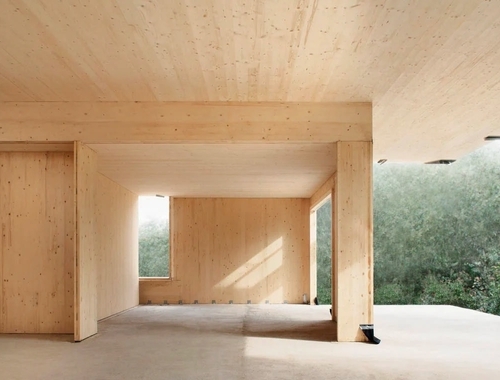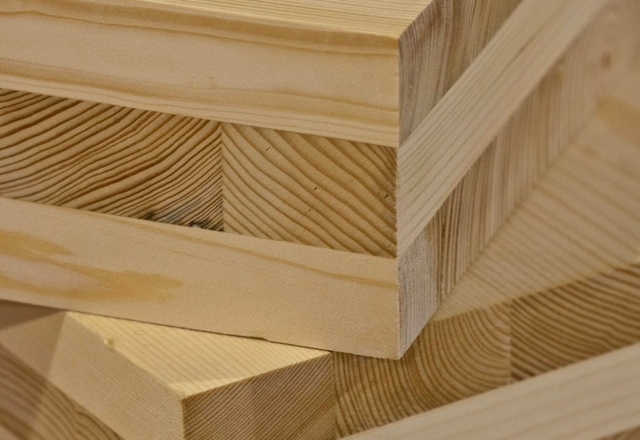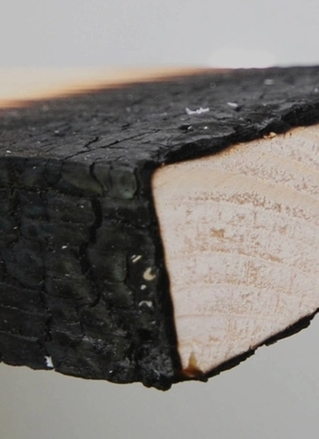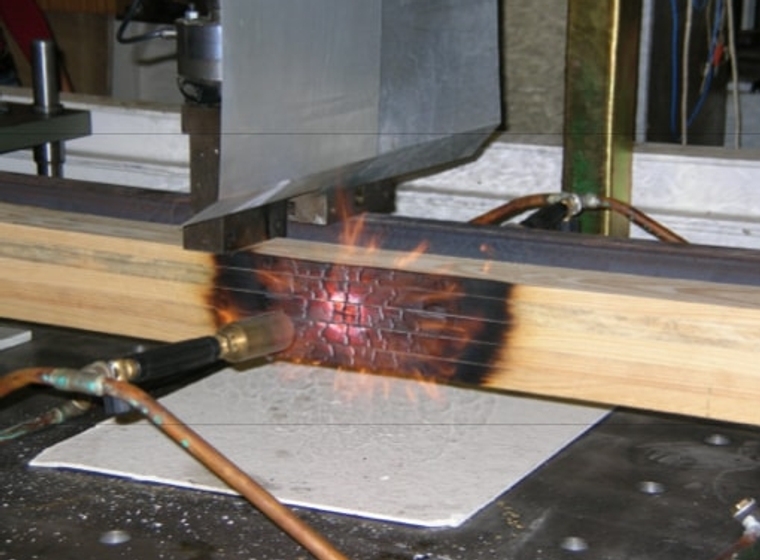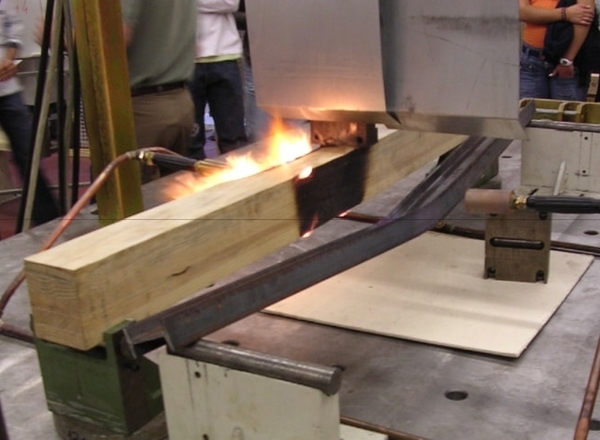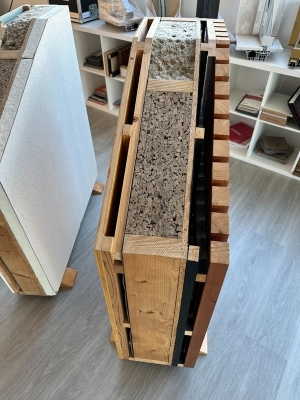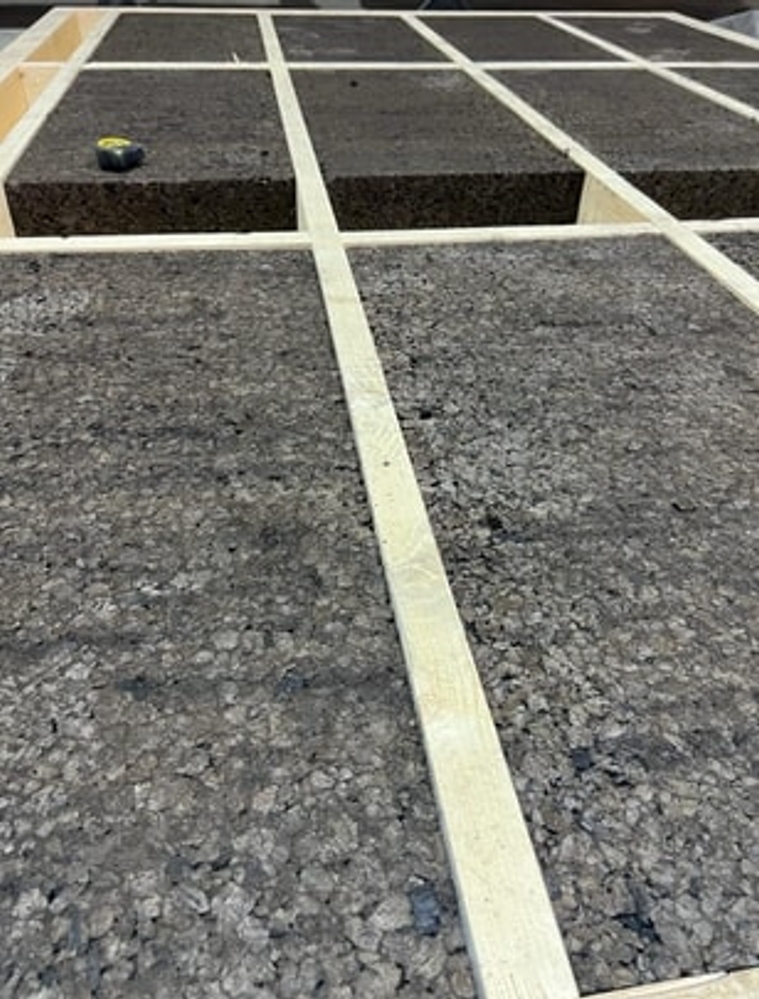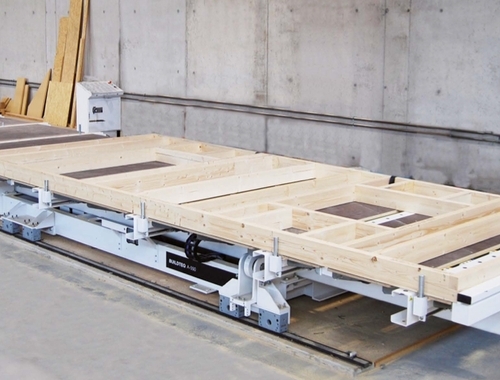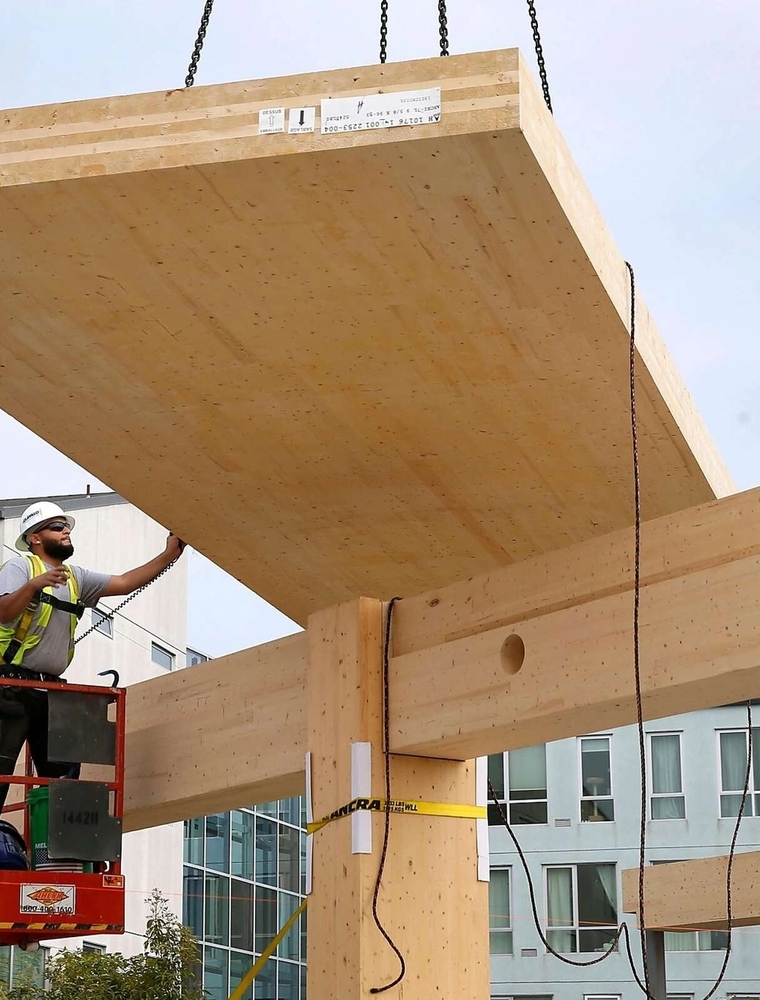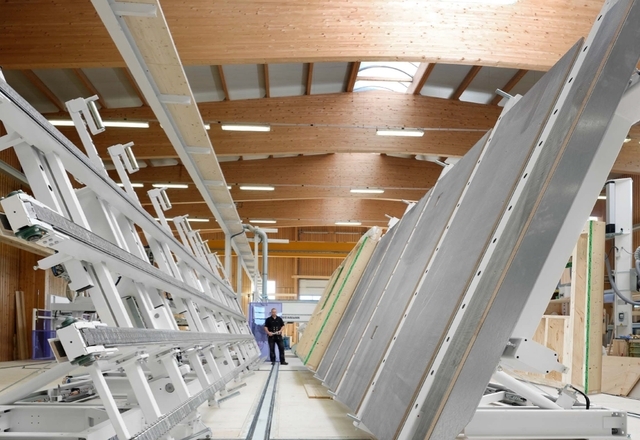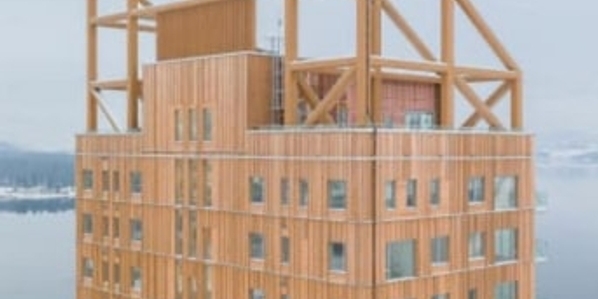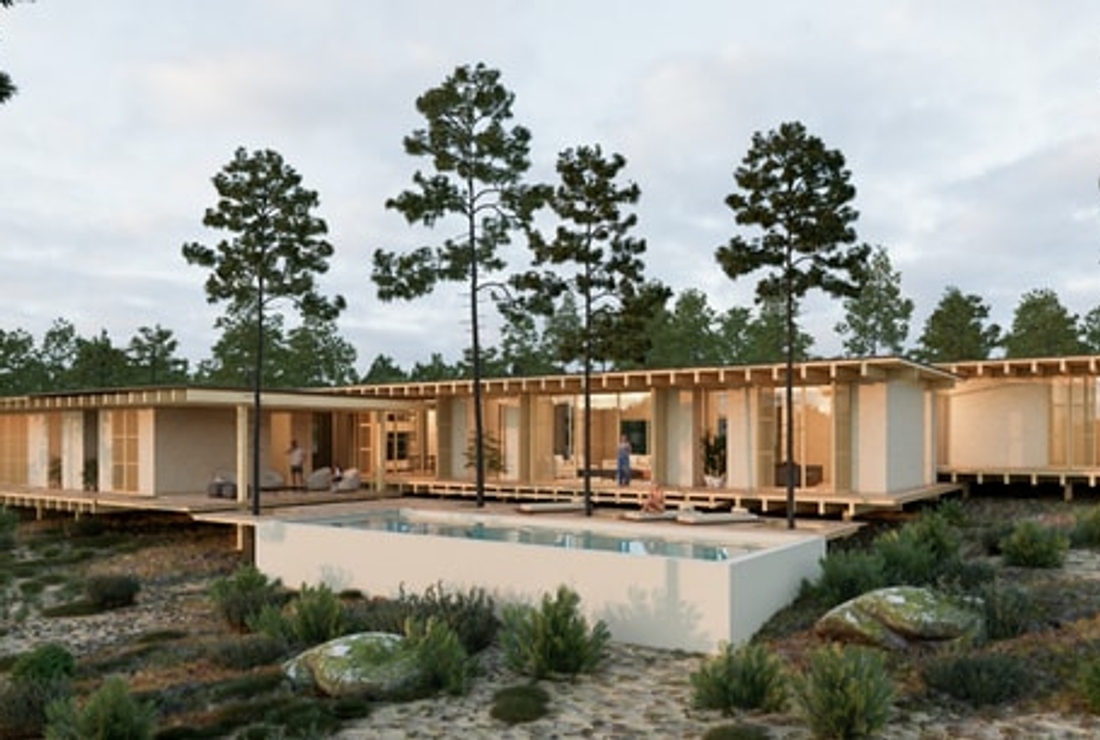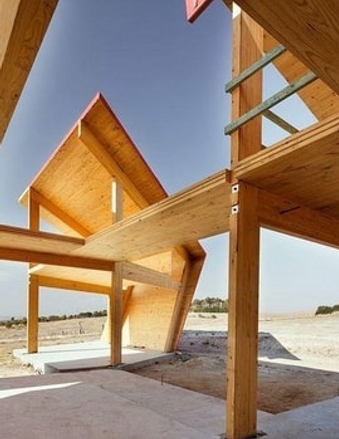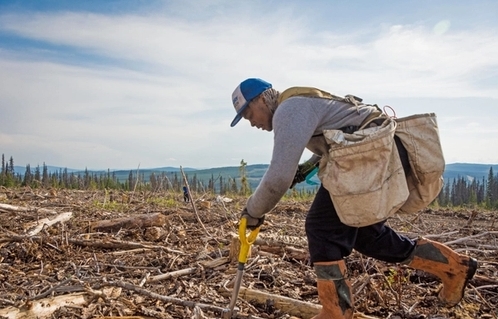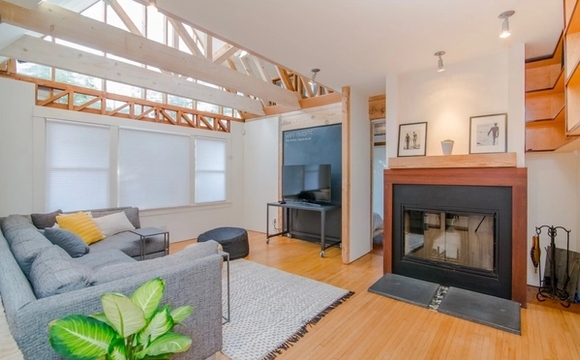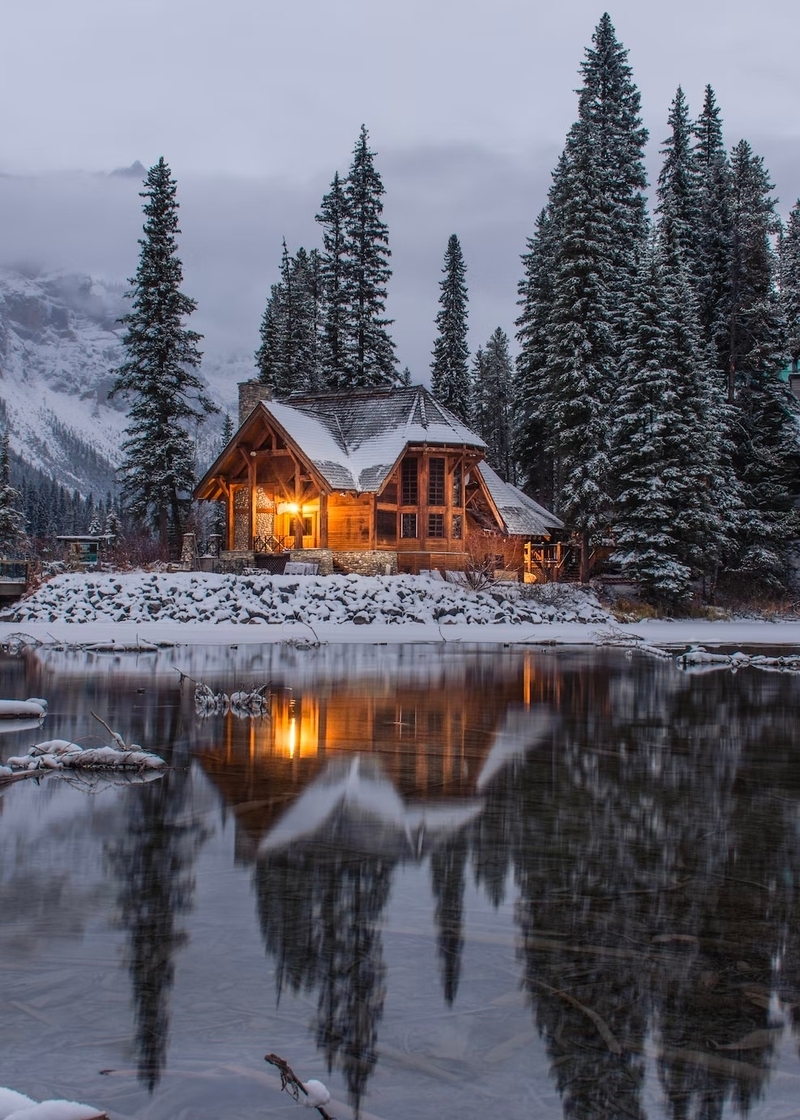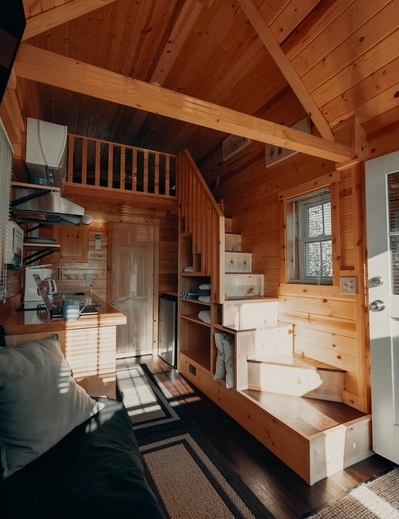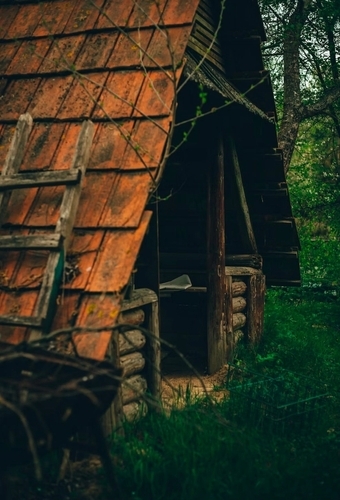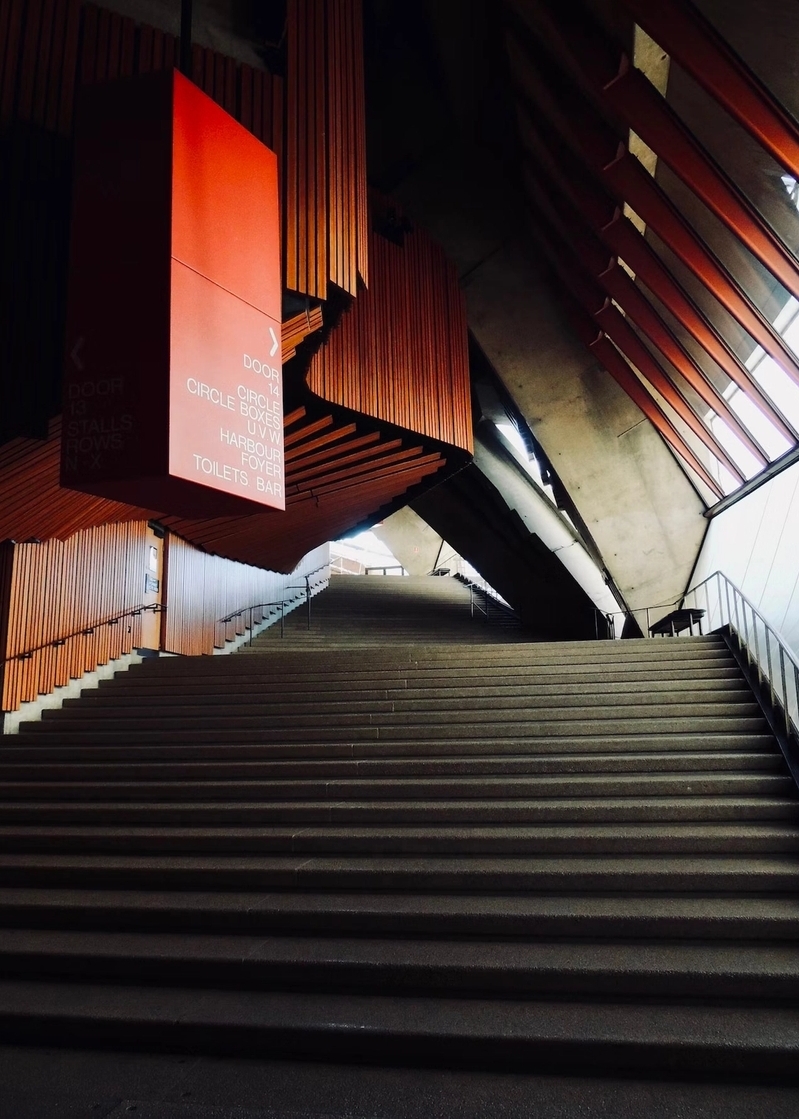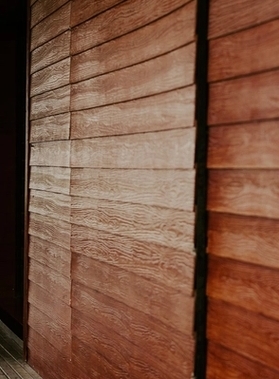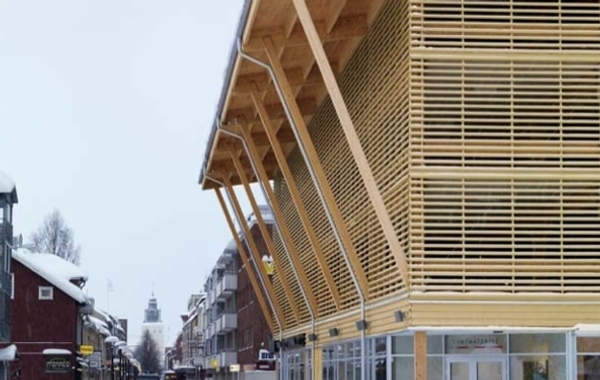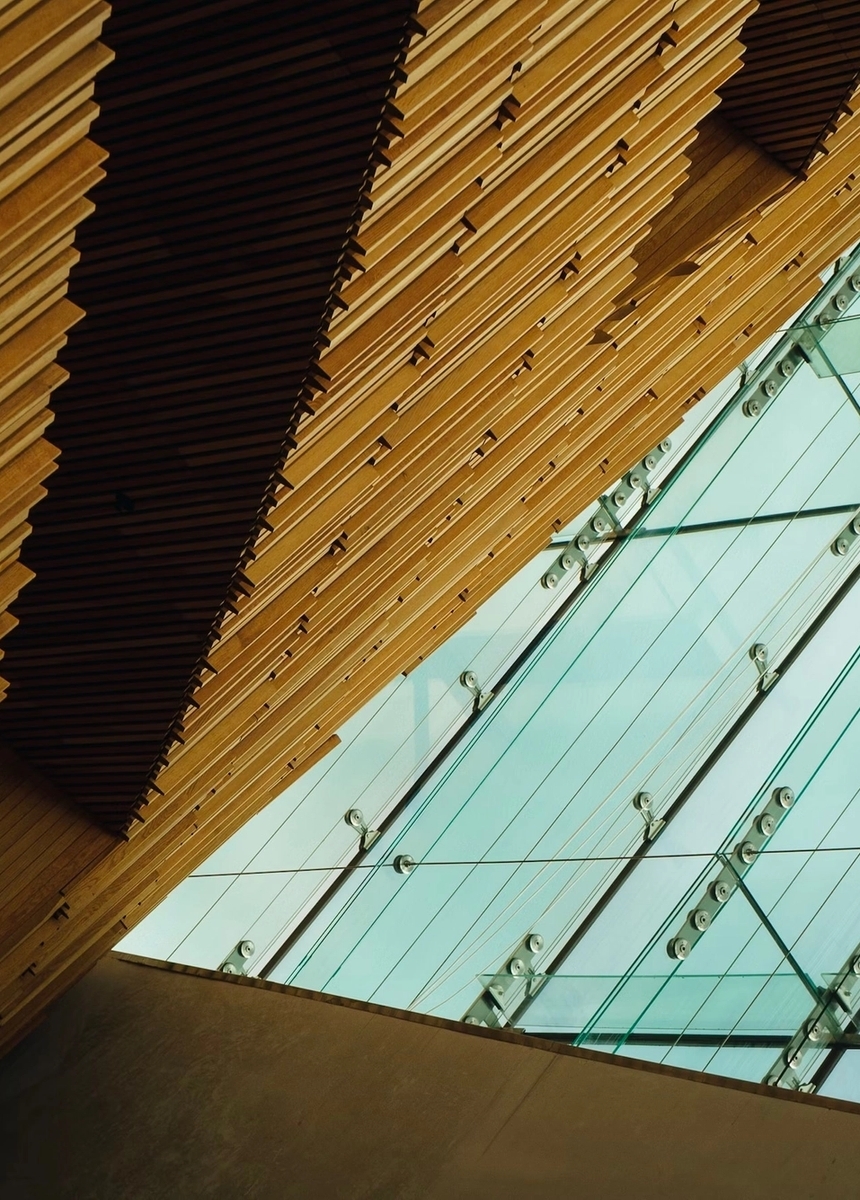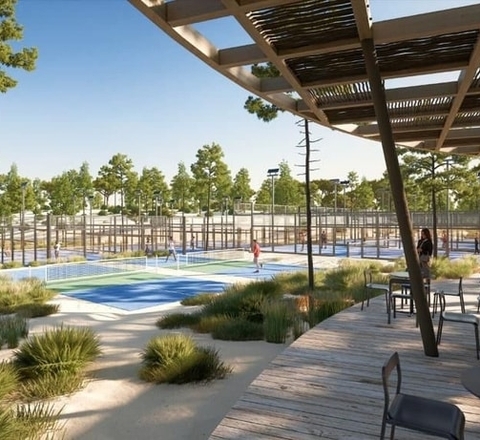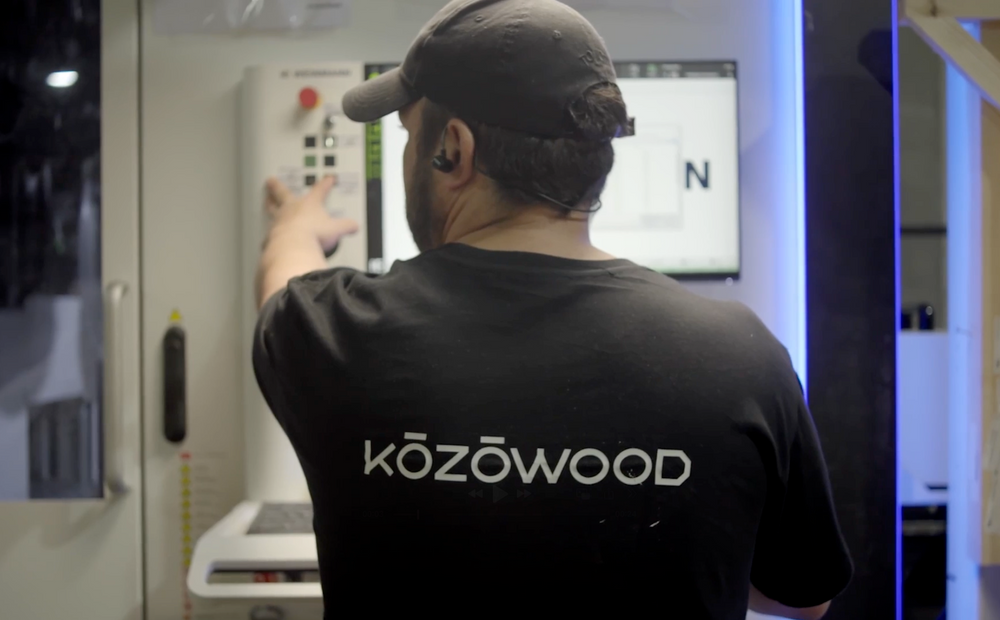Kōzōwood Industries manages projects from preparation to site for compact homes to custom superstructures.
From modular houses to high-end architectural design, we materialize your vision
Tailored houses to answer your architectural vision.
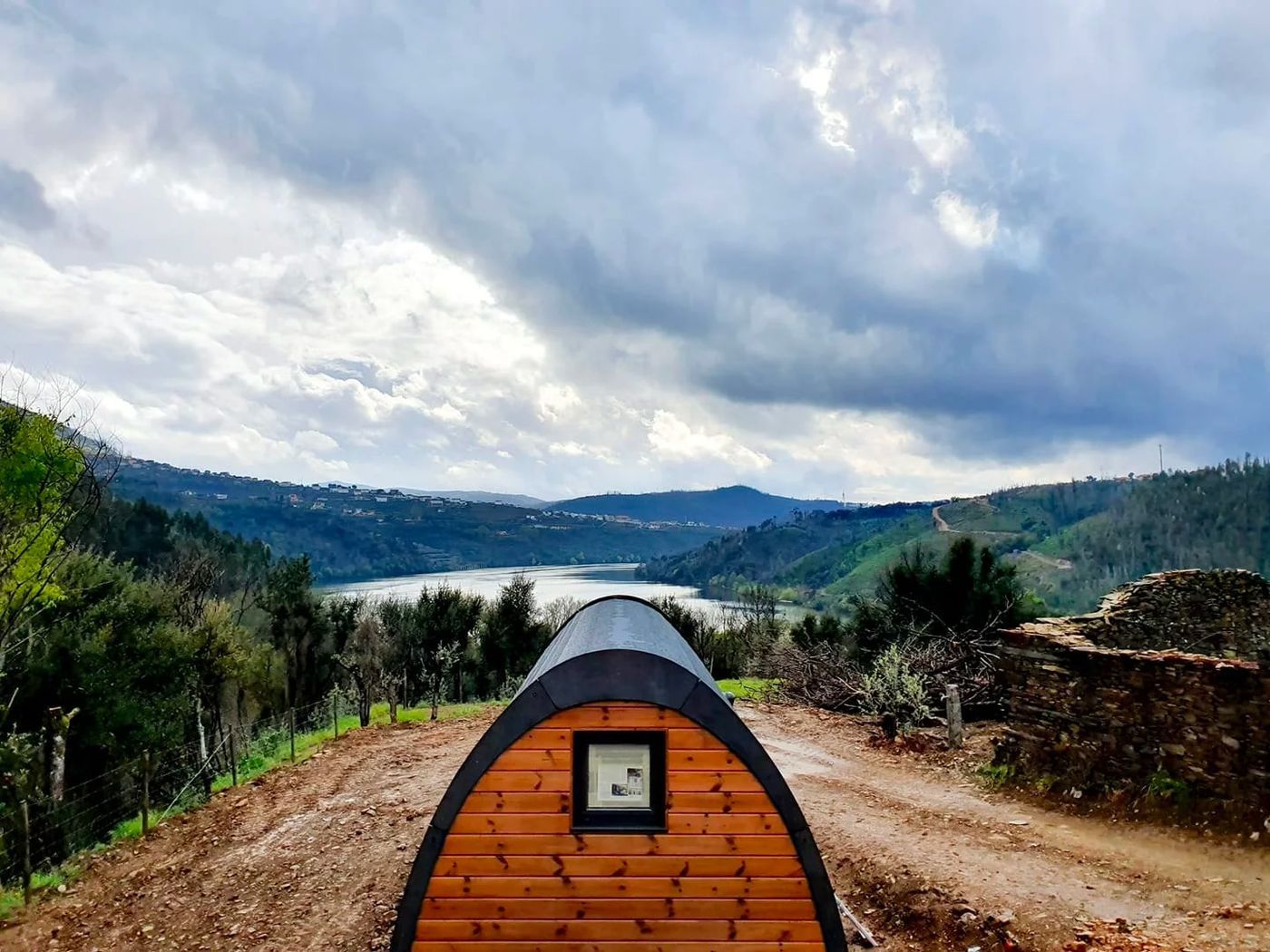
Charming modular wood houses, fit to your dreams.
Kōzō partners with architects to develop future-proofed projects
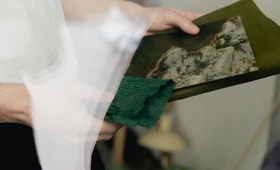
At Kōzōwood, we work closely with forward-thinking architects to craft solutions that place wood’s beauty and character at the heart of architectural innovation.
Mass timber is our forte
Cross-Laminated-Timber (CLT) and Wood-frame construction methods each have their own unique advantages. Choosing the best approach will depend on factors such as project requirements, budget, design optimisation, and local environmental considerations. Get in touch and we will help you reach the right decision.
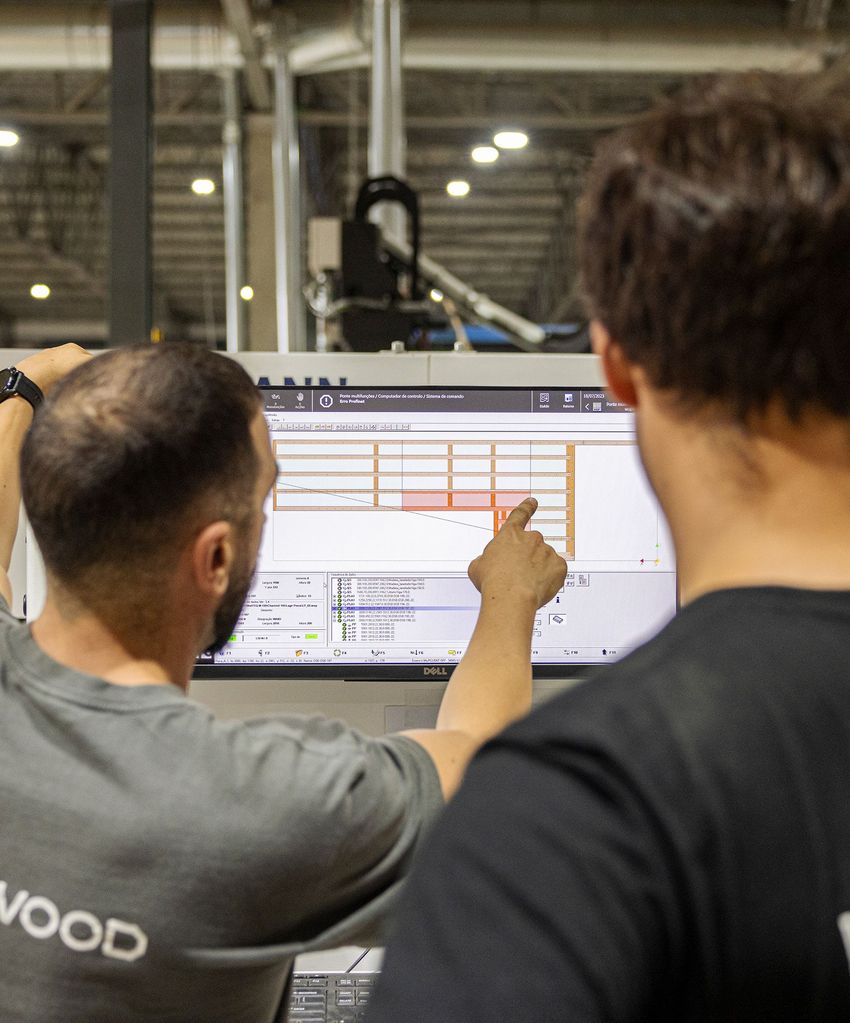

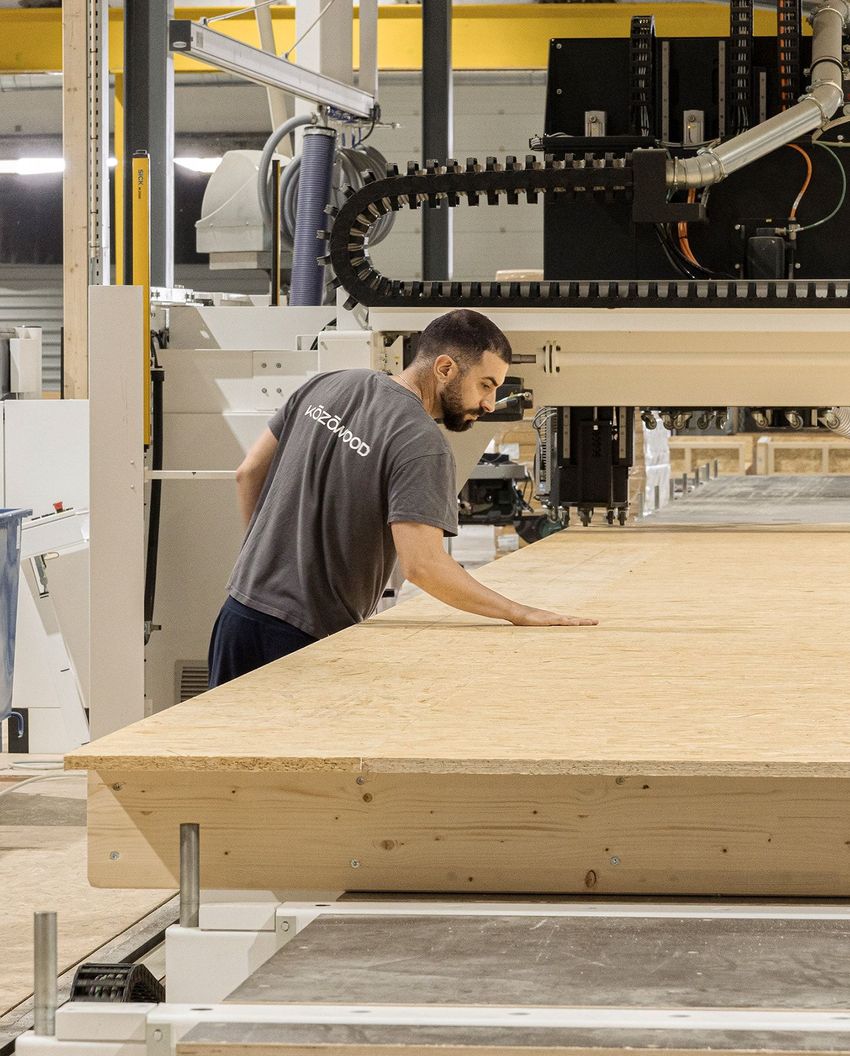
Mass timber products are more sustainable than other common building materials. Wood is a renewable resource that absorbs carbon dioxide from the atmosphere, which often results in these materials having a negative (meaning good) carbon footprint.
What is Cross-Laminated Timber (CLT)?
CLT is an excellent material for constructing high buildings due to its strength and structural performance. The cross-laminated layers in CLT panels provide superior stability and rigidity compared to traditional timber framing, allowing for taller and more complex structures to be built.
CLT is also much lighter than traditional building materials like steel and concrete, making it easier and faster to construct high buildings. The panels can be prefabricated off-site and transported to the construction site, where they can be quickly and easily assembled.
What is Wood-frame?
Wood-frame construction is a common method used for residential buildings, particularly single-family homes and low-rise multi-family buildings.
Wood-frame construction is preferred for its ease of construction, versatility, and affordability. It is a lightweight and durable material that is readily available and easy to work with. It also offers good insulation properties, which can help reduce energy consumption and costs associated with heating and cooling a building.
Key Factors
Volume of manufactured CLT in Europe (m³)
Mass timber products can reduce building costs as they are frequently less expensive than their counterparts. Wood can also be adapted on-site, allowing for quick solutions if changes become necessary.


Experience the warmth and natural beauty of a wood home.
Check Kōzōwood's Catalogue
